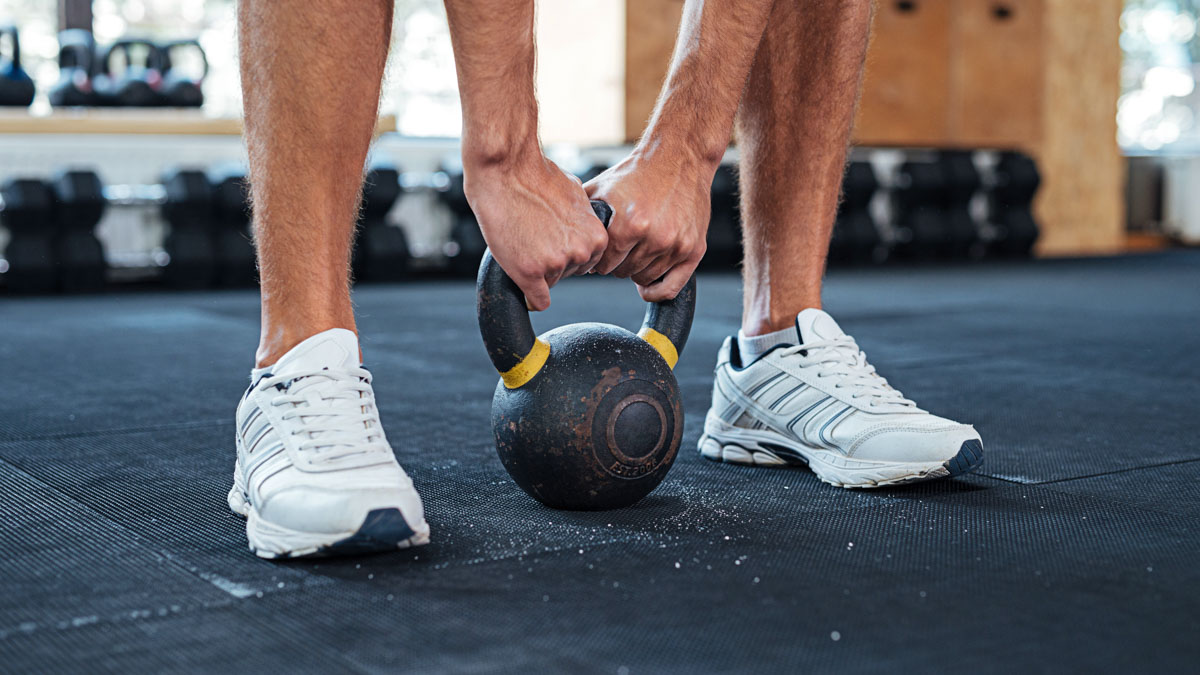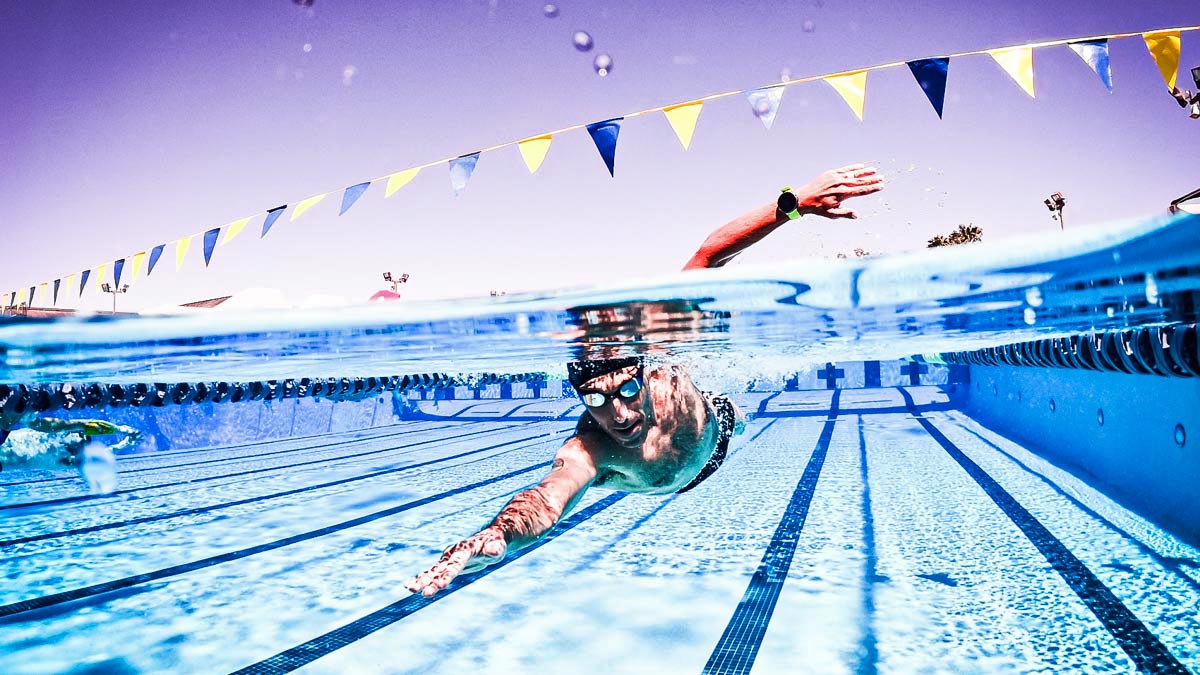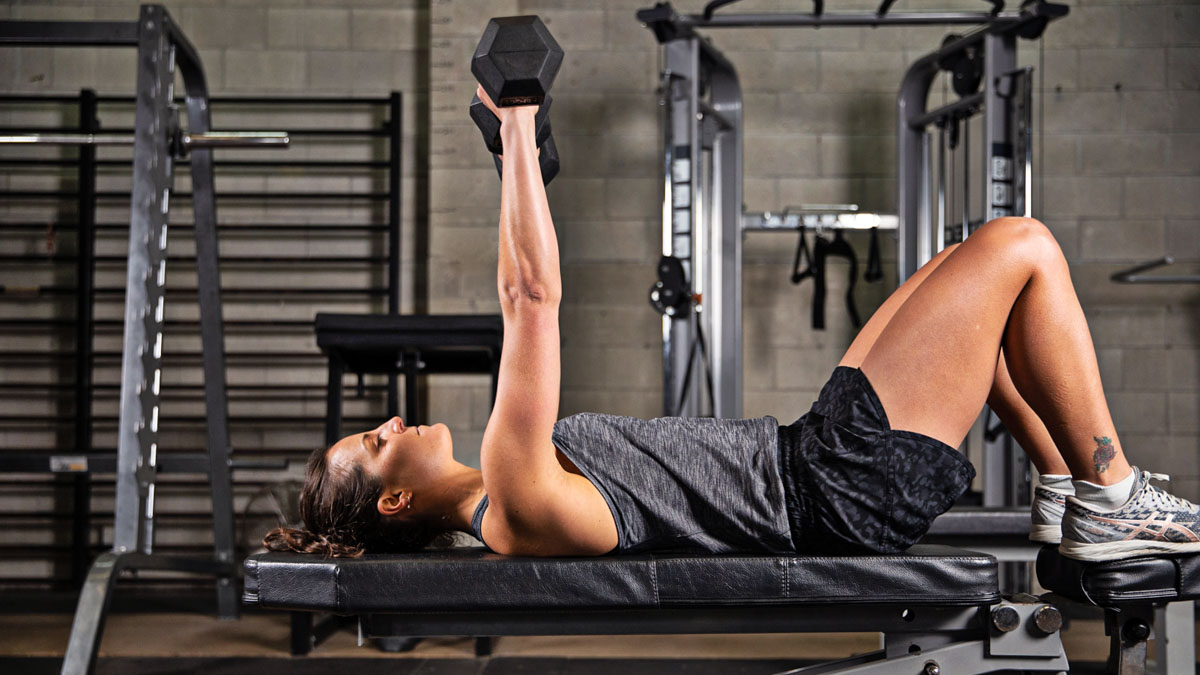The benefits of strength and conditioning for athletes are well-documented and ultimately translate to better performance on race day. And yet, in spite of this consensus, many athletes fail to prioritize their strength and conditioning workouts — including resistance, mobility, flexibility, and stability training along with plyometrics and balance work — because of time constraints. This article offers a fun and practical way to ensure you’re fitting in just enough strength and conditioning to perform your best on race day.
First, let’s dive into the components of a well-rounded strength and conditioning program; then we’ll get to how you can easily fit these into your busy schedule.
Elements of Strength and Conditioning + Benefits
Resistance Training
Resistance training is any exercise that causes your muscles to contract against an external resistance with the expectation of increases in strength, power, hypertrophy, and endurance.
Mobility Training
Mobility allows you to move as efficiently as possible. That means better performance and less risk of injury.
Flexibility Training
Flexibility is the ability to move muscles and joints through a full normal range of motion (ROM). Flexibility helps your performance and posture, promotes efficient movement, prevents incorrect body alignment, maintains appropriate muscle length and balance, and also decreases the risk of injury.
Stability Training
Stability is the ability to control your body position from head to toe during movement, enabling you to generate optimum power and transfer force along the kinetic chain.
Plyometrics
Plyometrics, or jump training, is a type of exercise training that uses the speed and force of different movements to build muscle power. Plyometric training helps you run faster and develop more power because you are training your anaerobic system, increasing your cardiovascular fitness, and building strength more efficiently than you would with bodyweight exercises.
Balance Training
Balance is the ability to maintain your center of gravity over your base of support. Balance exercises improve your ability to control and stabilize your body’s position and help to prevent injury.
“S&C Snacking”: Simplify Your Strength and Conditioning Workouts
The ideal strength and conditioning program would incorporate all of these workout components, but as a time-crunched triathlete, this task might seem impossible. This is where what I call “S&C Snacking” comes into play.
“S&C Snacking” starts with identifying the key areas you should be focusing on to increase your performance, pinpointing the exercises or drills you need to do so, and then adding them to your workouts as “snacks” around your main course. S&C snacking can take many forms and you can pick from a meze board of many options, but the following are my recommended recipes!
Pre-Workout Drills, Like the Arabesque Drill Before Running
Drills are an excellent way to cover many of the modalities mentioned above and are relatively easy to fit in before swimming, cycling, or running. A great example is executing the arabesque drill before your running session. This drill improves your balance, strengthens the glutes, hip stabilizers, quads, hamstrings, and core muscles.
- Start on one leg and drive the other knee up to 90 degrees while remaining balanced.
- Bend forward and drive that same knee backwards and extend out straight behind you. Your body should now be parallel to the ground and your leg out straight behind you.
- Stop for 1-2 seconds, then return upright on one leg.
- Swap legs and repeat, stepping forward every time.
- Do this for about 10 m then jog back to the beginning.
Post-Workout Drills, Like Calf Raises After Running
It can also be beneficial to add carefully selected drills to the end of your workouts. An example I give my athletes is to do calf raises after a running workout (illustrated below). The combination of calf raises and deep stretching will help with strength, flexibility, stability, and mobility.
- Starting on your left foot, complete 15 single-leg calf raises, keeping a steady upward and downward motion.
- When complete, switch to your right foot.
- Perform three times on each side for increased ankle stability.
- Follow with eight minutes of deep stretching, such as yoga or pilates.
The Achilles tendon is a major player in running and acts as a powerful spring that stores energy from impact, then transmits most of that energy back into the ground. Strengthening the calf muscles and the Achilles tendon with the above drill will therefore result in better running efficiency.
Habit Stacking
Habit stacking is the concept of adding new habits on top of existing ones. In doing so, you are more likely to create associations that help make new tasks routine; and after about six weeks, this stacked habit will become a real habit. In my article about habit stacking, I used this example to illustrate the concept:
“In order to include calf raises in my regular routine (the benefits of which include better stability and balance, reduced risk of ankle and knee injury, and better agility when running), I “stacked” them with brushing my teeth every day. So every morning I do 15 single-leg calf raises three times on each leg while I’m brushing my teeth. This ensures I get the micro workout done — and I know I’m brushing thoroughly, too!”
Micro Workouts
These are usually aerobic exercises that last for a very short period of time. This study gives a great example of an effective micro workout: five repetitions of four-second cycling sprints every hour during the workday, equating to 160 seconds of exercise in total. If you are working from home, you can hop on the turbo at the beginning of each hour for a quick sprint! While this isn’t an example of strength and conditioning, the concept of micro workouts could easily be translated to incorporate S&C workouts.
Being creative with your training schedule and adding in S&C snacking will ensure you never miss out on your strength and conditioning, enabling you to decrease risk of injury and perform better on race day.
References
Gibala, M.J. et al. (2012, March 1). Physiological adaptations to low-volume, high-intensity interval training in health and disease. Retrieved from https://www.ncbi.nlm.nih.gov/pmc/articles/PMC3381816/








